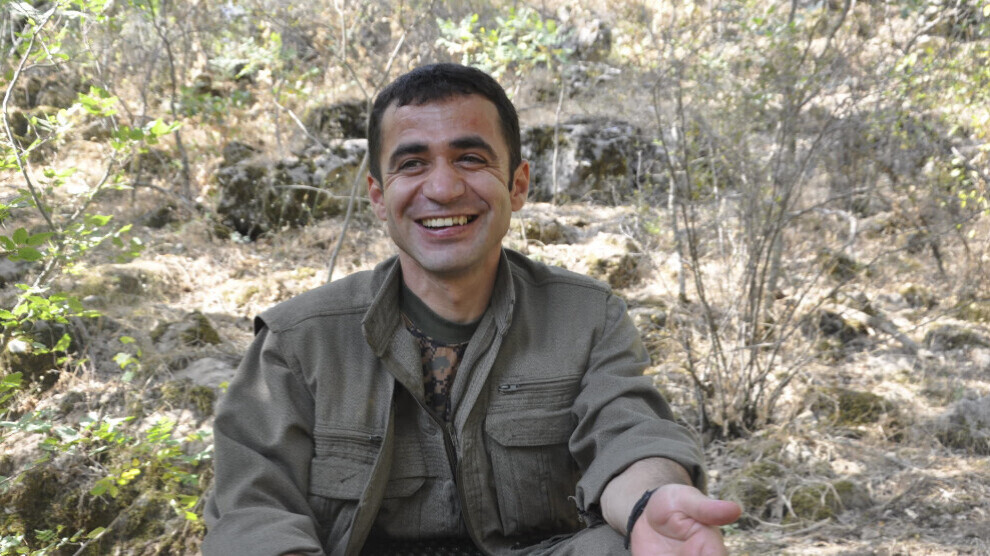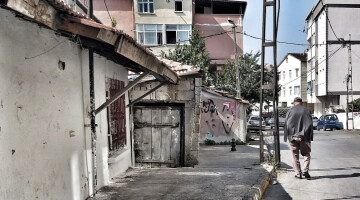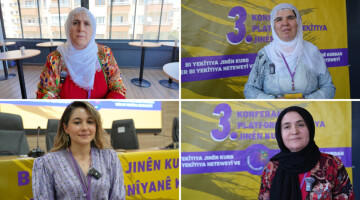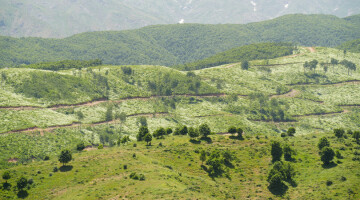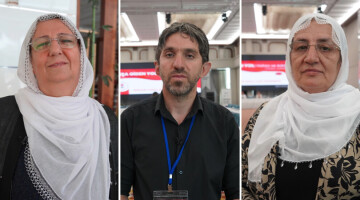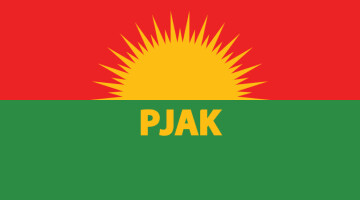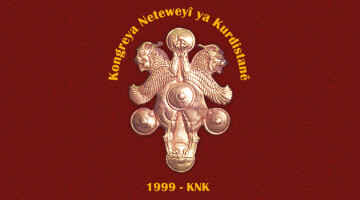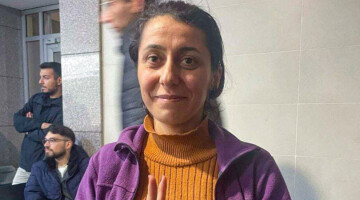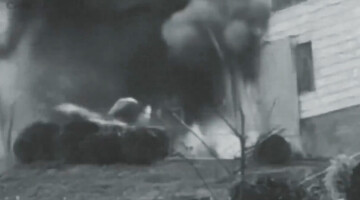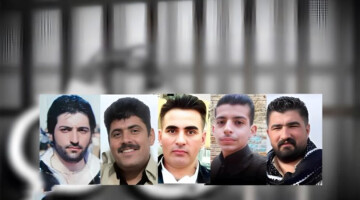Guerrilla commander Diyar Norşîn died on 20 October 2021 following a Turkish attack in the region of Zap. The press center of the People's Defense Forces (HPG) said in a statement: “The occupation attacks by the Turkish colonial state on the regions of Zap, Avaşîn and Metîna, which have been ongoing since 2021, are still continuing today. Our valuable commander Diyar Norşîn has faced the enemy in Zap from day one and made sure to deal heavy blows to them. His commitment is still present in today's resistance. With the creative style and tactics, he developed, he was one of the leading commanders of the modern-day guerrillas. He left us a great legacy of battle and tasks to be accomplished, and has become immortal. We give our word that we will hold up the flag of revolution handed over by Diyar Norşîn to do justice to him and all our martyrs. We will definitely make his dream of a free Kurdistan come true. We express our condolences to his family, the population of the camp Şehîd Rustem Cûdî [Camp Mexmûr] and the people of Kurdistan.”
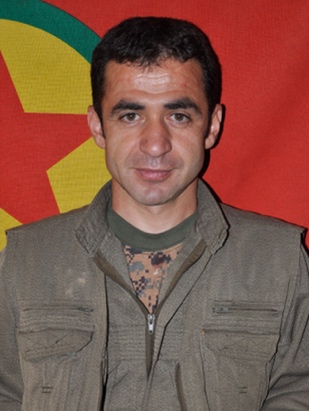
Codename: Diyar Norşîn
First and last name: Feyzi Kaya
Place of birth: Hakkari
Mother and father’s name: Sarya – Şemsettin
Date and place of death: 20 October 2021 / Zap
The HPG said: "Diyar Norşîn was born in the village of Marînos in the Kurdish province of Hakkari (Colemêrg). Because of his family's patriotic attitude, he was already familiar with the PKK since he was a child. Close relatives of his joined the armed struggle and the guerrillas were very present in the region. In the course of the village destruction by the Turkish state in the 1990s, his family, like tens of thousands of other Kurds, had to flee and went to South Kurdistan. There, after several stopovers and great deprivation, Maxmur Camp was set up. Diyar grew up in the self-governing camp and was able to attend a school that taught in his Kurdish mother tongue.
Life as a refugee was hard, but people were able to live with their own identities with dignity. After Abdullah Öcalan was kidnapped in Turkey, Diyar wanted to join the guerrillas in 1999, but he was still too young. He made his wish come true in 2001 and went to the mountains. In the same year, his uncle Diyar fell in Kato and he took his name. For him, the connection with the fallen of the freedom struggle was a principle that shaped his entire fighting life. In 2005 his relative Norşîn (Zahide Kurt) fell in Mardin and he also took her name to continue her struggle."
The HPG continued: "In the mountains, Diyar completed several training courses in which he received further ideological and military training. From the start, he showed a keen interest in the needs of guerrilla warfare and he began to develop tactical skills early on. He stayed in the regions of Garê, Metîna, Qandîl, Zagros, Zap and Xakurke and took part in numerous actions against the Turkish army. In 2007, he attended the academy named after Mazlum Doğan, and in 2012 he went to the Haki Karer Academy for further training. During his training, he studied Abdullah Öcalan's paradigm of a democratic, ecological and women-liberating society and with his own personality."
When the Islamic State attacked Kurdistan in 2014, Diyar, like thousands of other militants, went to Kobanê to defend the Rojava revolution. The HPG added: “In the legendary resistance that saw ISIS suffer its first defeat, Diyar was injured in the stomach and required treatment for a while. After that, he returned to the Medya Defense Areas and from there went to Botan. His fight in North Kurdistan was shaped by his desire to avenge the martyrs. In 2018, he came back to the Haki Karer Academy, where he had the opportunity to question his previous practice and to devote himself to the restructuring of the guerrillas. He took on great responsibility and went to the Zap region as area commander. His area of responsibility included the training of his comrades-in-arms and the construction of the tunnel systems, which are still the basis of resistance against the Turkish occupiers today. He organized numerous actions and was a pioneer of guerrilla tactics, observing the enemy in small units and striking at the right moment. His unconditional courage in battle had a contagious effect on his companions and ensured many successful campaigns. He treated his comrades with great respect and was loved and respected for it."

